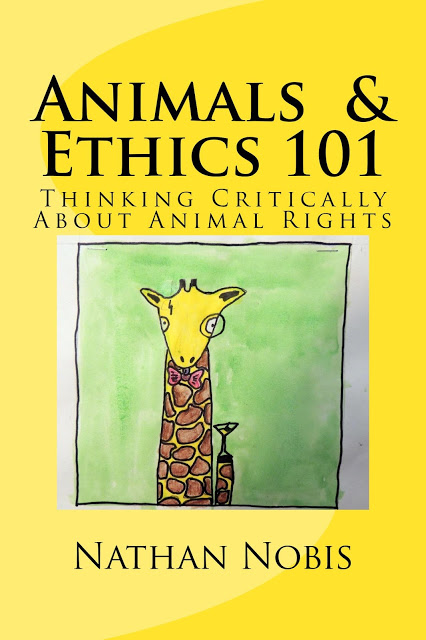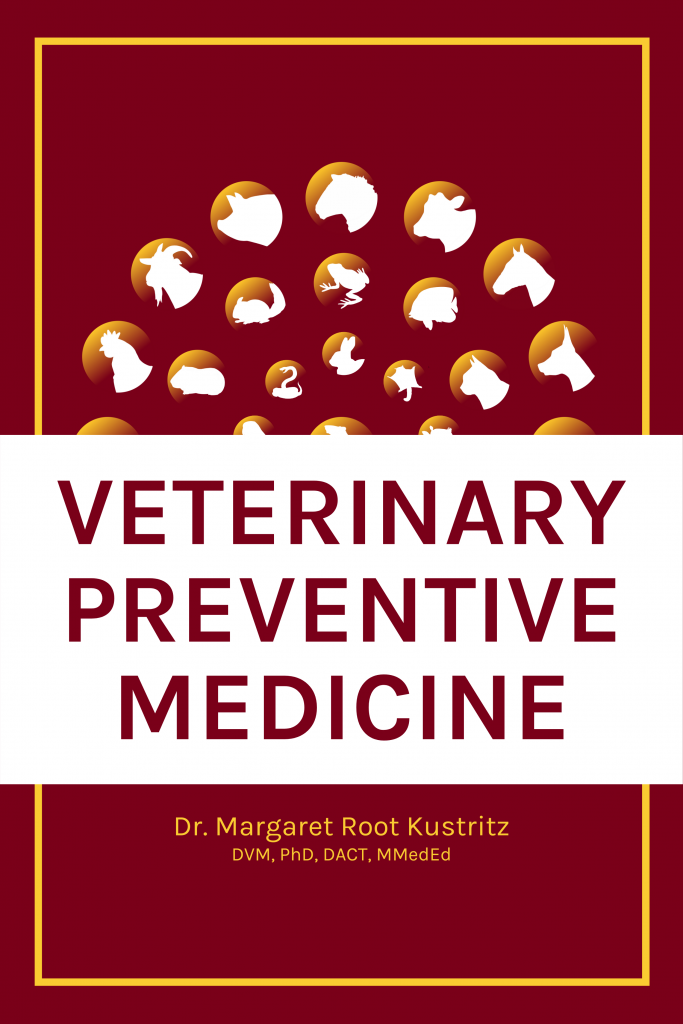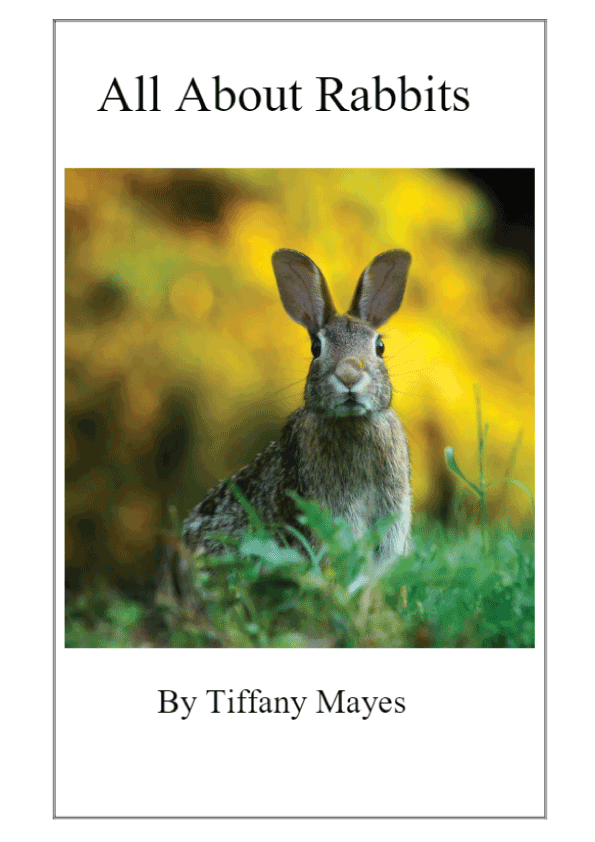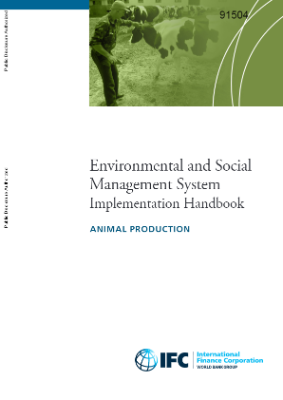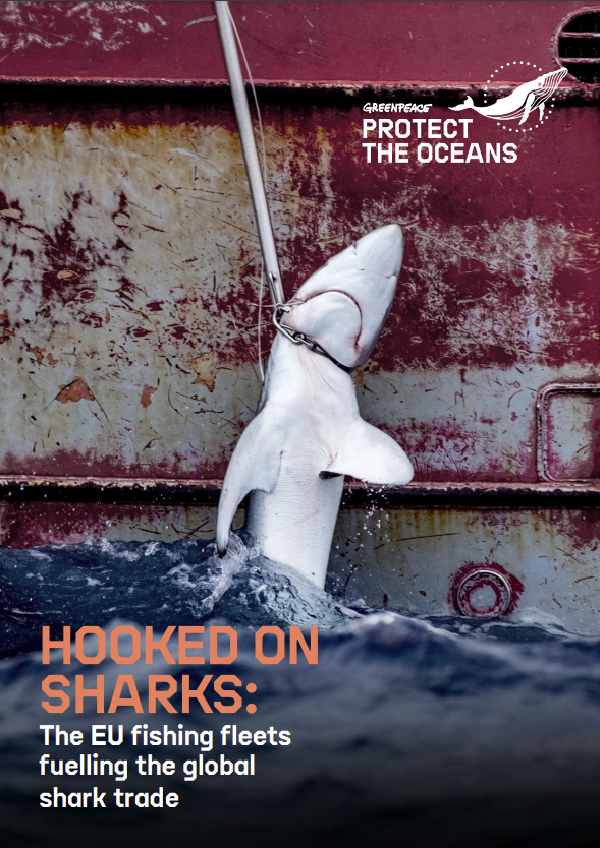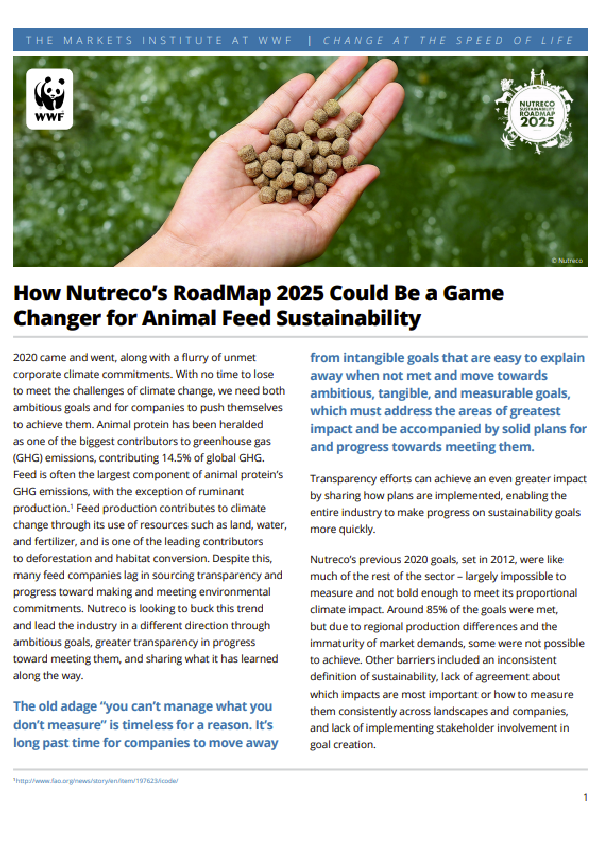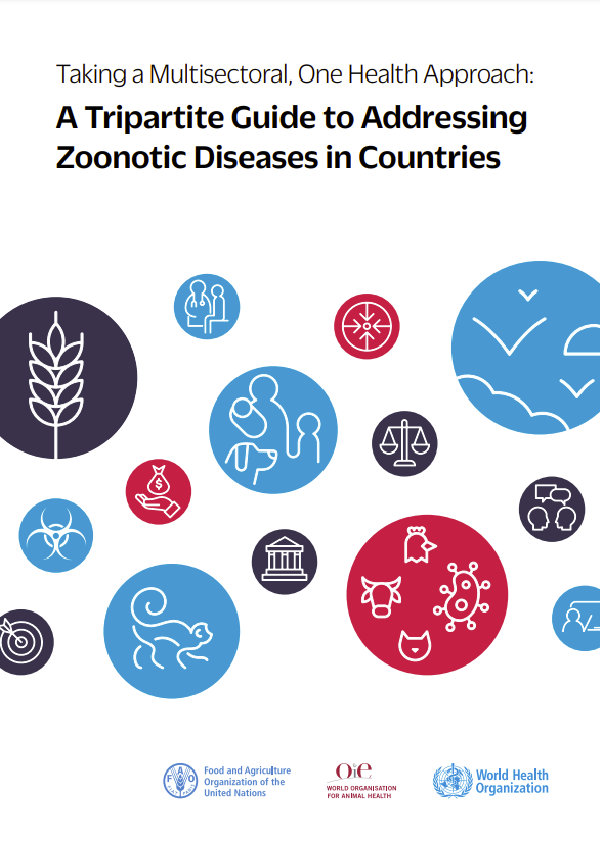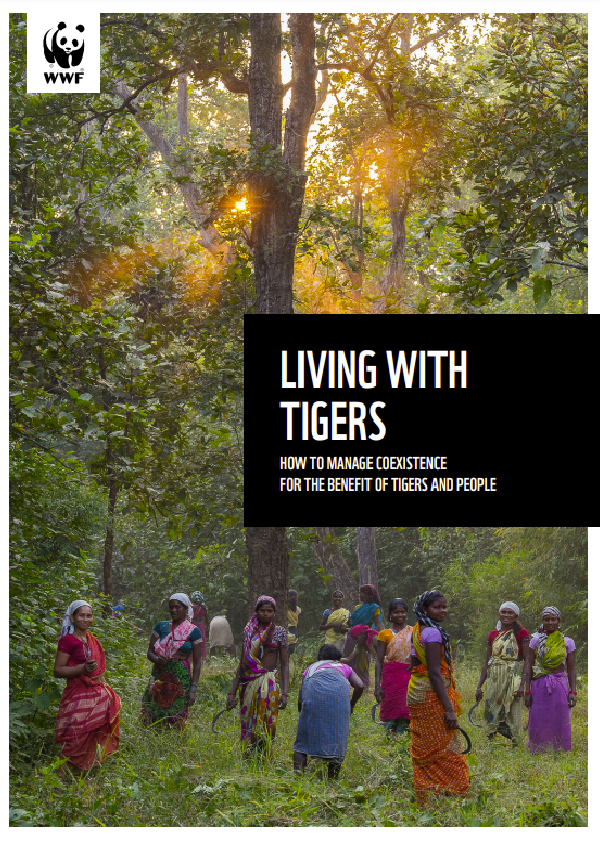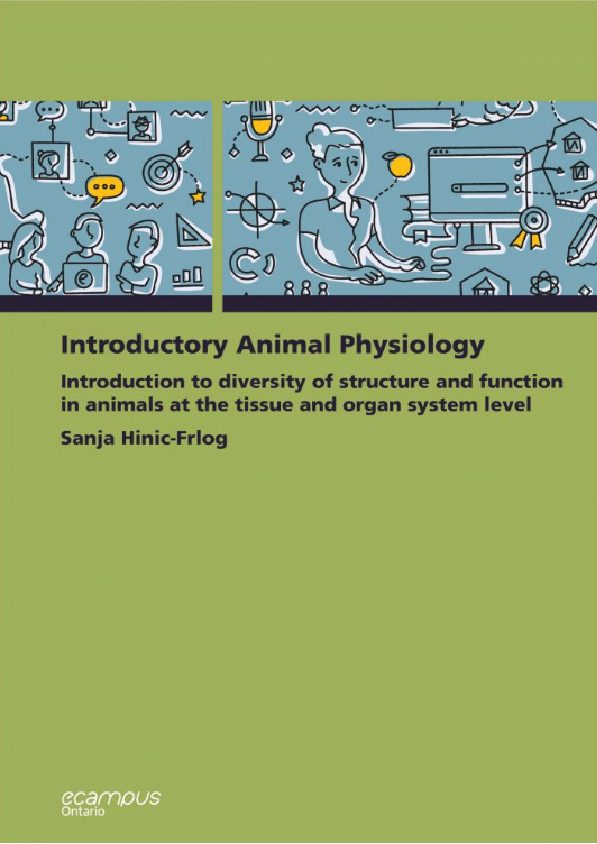This book provides an overview of the current debates about the nature and extent of our moral obligations to animals. Which, if any, uses of animals are morally wrong, which are morally permissible (i.e., not wrong) and why? What, if any, moral obligations do we, individually and as a society (and a global community), have towards animals and why? How should animals be treated? Why?
We will explore the most influential and most developed answers to these questions – given by philosophers, scientists, and animal advocates and their critics – to try to determine which positions are supported by the best moral reasons. Topics include:
- general theories of ethics and their implications for animals,
- moral argument analysis,
- general theories of our moral relations to animals,
- animal minds, and
- the uses of animals for food, clothing, experimentation, entertainment, hunting, as companions or pets, and other purposes.
The book offers discussion questions and paper assignments to encourage readers to develop positions on theoretical and practice issues concerning ethics and animals, give reasons for their support, and respond to possible objections and criticisms. This book is organized around an initial presentation of three of the most influential methods of moral thinking for human to human interactions. We then see how these ethical theories have been extended to apply to human to animal interactions, i.e., how humans ought to treat non-human animals. These perspectives are:
- a demand for equality or equal moral consideration of interests (developed by Peter Singer);
- a demand for respect of the moral right to respectful treatment (developed by Tom Regan); and
- a demand that moral decisions be made fairly and impartially and the use of a novel thought experiment designed to ensure this (developed by Mark Rowlands, following John Rawls).
We will see what these moral theories imply for the general “moral status” of various kinds of animals and for particular uses of animals, e.g., for food, fashion, experimentation, entertainment, and other purposes. We attempt to evaluate these theories as true or false, well-supported or not and the arguments based on them as sound or unsound. We will also survey general moral theories that imply that we have few if any, moral obligations to animals and other arguments given in defense of various uses of animals. One challenge for learning about ethics and animals is that there are fewer defenses of harmful animal use developed by professional ethicists than critiques of animal use. Since the common view is that animal use does not raise serious moral issues, perhaps people often do not see much need to defend that assumption. Nevertheless, we will find materials that provide the strongest and most common defenses of various uses of animals so that we might evaluate the arguments in favor of these positions.
